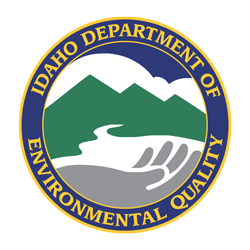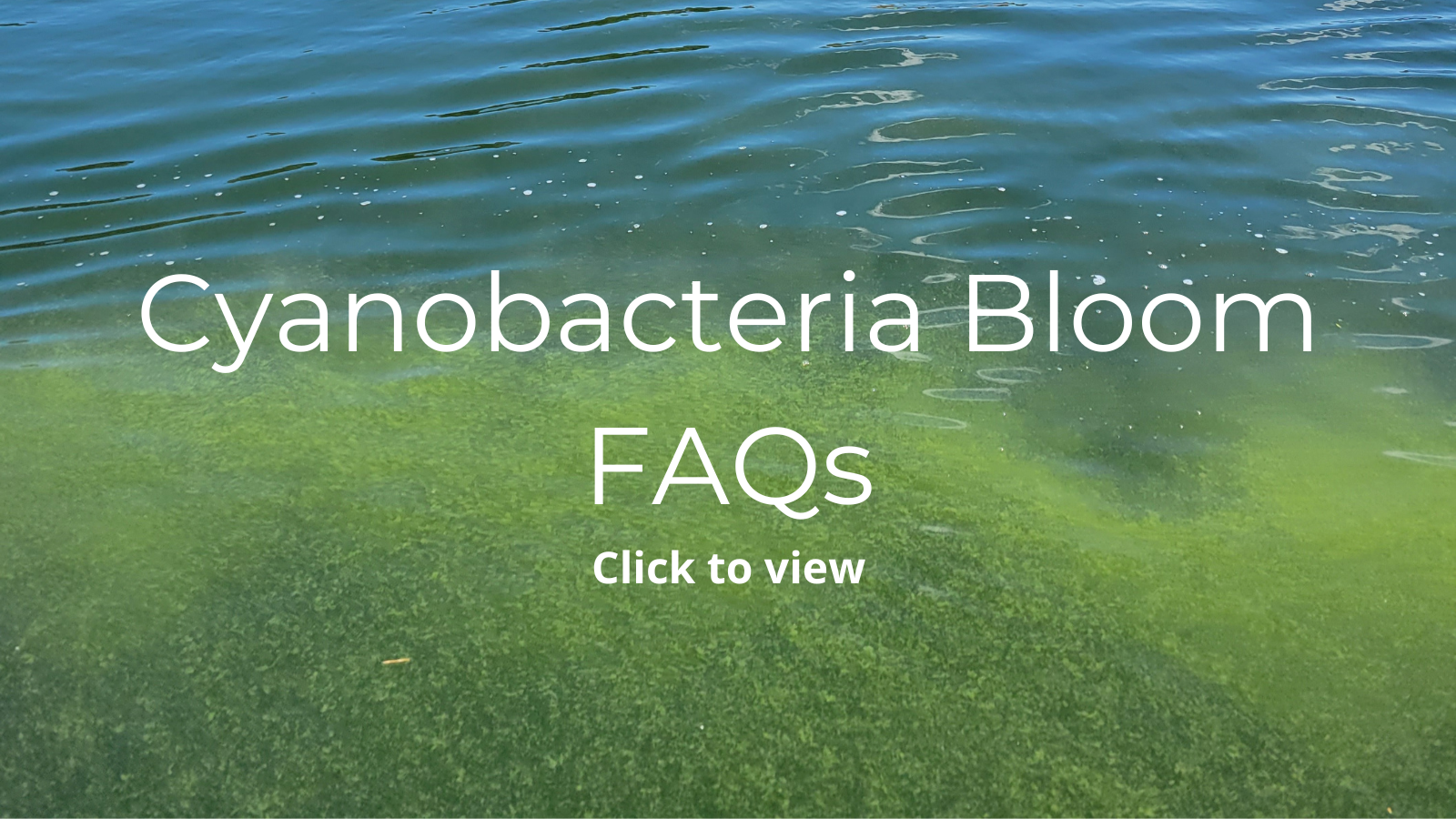DEQ and the Idaho Department of Health and Welfare (DHW) each play a role in identifying, responding to, and monitoring cyanobacteria harmful algal blooms (HABs).
The health advisory map is available on DHW’s Recreational Water Health Advisories web page.
Our staff is responsible for sampling Idaho water bodies and analyzing water quality data. We provide the sample results to DHW and the public health district in the area where a citizen reported the HAB, and they decide if it warrants a health advisory.
Water Quality Test Results
As water quality sample results become available, you will see them in the table below.
| County | Waterbody | Sample Date | *Threshold Level |
|---|---|---|---|
| Washington County | Brownlee Reservoir (Wolf Creek) | 7/16/2024 | Below |
| Blaine County | Fish Creek Reservoir | 6/24/2024 | Below |
| Fremont | Island Park Reservoir | 6/13/2024 | Below |
| Twin Falls County | Cedar Creek Reservoir | 7/23/2024 | Above |
*For more details on threshold values, please click on the “Idaho DEQ Cyanobacteria Harmful Algal Bloom Information” tab below.
Report a Potential Harmful Algal Bloom
Report a potential harmful algal bloom:
- Online form
- By phone: (866) 671-5385
- By email: algae@deq.idaho.gov
Health Concerns
Idaho’s health agencies offer citizens education and advice on cyanobacteria exposures. Contact the Idaho Department of Health and Welfare or your local public health district for health concerns and cyanobacteria information.
Resources
This accordion will not appear on the screen
Email us



